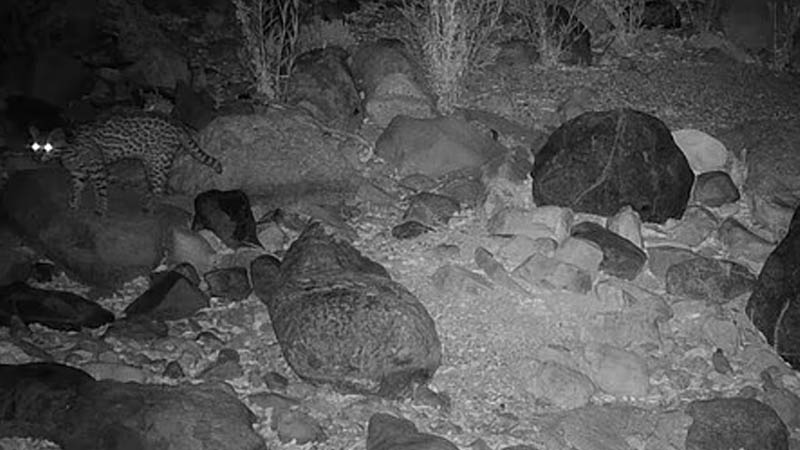A rare sighting of a critically endangered wild cat in Arizona has sparked excitement among conservationists and raised hopes about the diversity of wildlife that may still roam the region. The ocelot was captured on a trail camera in the Coronado National Forest, specifically in the Atascosa Highlands, marking the first confirmed glimpse of an ocelot in this area in over 50 years. This remarkable discovery was reported by The Arizona Republic.
Ocelots, which were listed as endangered in 1972, are incredibly rare in the United States, with fewer than 100 believed to be living in the country. According to The Arizona Republic, this sighting is just the seventh of an ocelot in Arizona in the last 20 years, and it is especially significant because the ocelot captured on camera had never been recorded in the area before. This is notable because Lil’ Jefe, a well-known ocelot, has been spotted around Arizona for the past decade.
“We were surprised because there hasn’t been a formal record of ocelots in this mountain range in 50 years, and the records from the 1980s aren’t fully verified,” said Kinley Ragan, Arizona Zoo field research project manager, in an interview with the outlet. “But ocelots are known to have quite a variable range.”
Ocelots have been pushed to the brink of extinction primarily due to habitat loss and fragmentation. The trail camera that captured this rare sighting is part of the Atascosa Complex Wildlife Study, a survey conducted by the Arizona Zoo to explore the understudied wildlife corridor. This particular camera was one of 50 set up as part of the study, which was expanded after a successful pilot project last year. The recent sighting has fueled hopes for another year of recordings and further study.
Ragan expressed a desire to see more rare species in the area, such as the jaguar, which faces similar threats. The goal of the research is to gain a better understanding of the animals in the region and to educate residents, landowners, ranchers, and conservationists about the importance of these species.
Ocelots play a crucial role in the ecosystem, helping to manage prey populations, control the spread of disease, and maintain the balance of the food chain. “In the big picture of ocelots, this is a habitat we know they could exist in, but it’s just never been recorded in Arizona,” Ragan explained. She also highlighted the challenges these animals face, noting, “… We’re missing habitat and the connectivity to facilitate that movement and other stressors and dangers that may be occurring along the way.”
This sighting has not only rekindled hope for the survival of ocelots in Arizona but also underscored the importance of conservation efforts to protect and restore the habitats these animals rely on.



